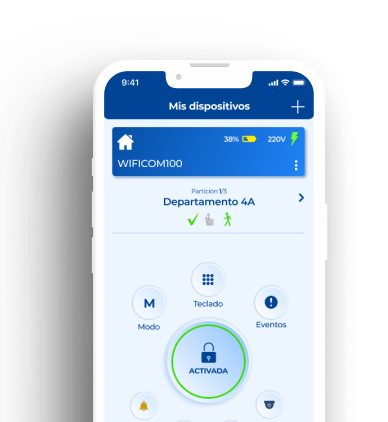Smart home security app
Client
X-28
Role
Lead Product Designer
Duration
2 Months
Understanding the Company and Their Goals
X-28 is a leading company with over 37 years of experience in the electronic security market, known for developing robust solutions for vehicles, residences, businesses, and industrial facilities. Its reputation is built on reliable, high-quality products, backed by a strong commitment to innovation.
As part of a corporate strategy focused on technological modernization, the company identified the need to create a mobile application for its residential security system. The main goal was to provide its customers with an intuitive and efficient platform to monitor and manage their alarms, alerts, and critical events from anywhere. To achieve this, the company aimed to:
- Increase customer satisfaction through user-friendly tools with quick response times.
- Strengthen the brand image by offering a comprehensive, cutting-edge service in the residential security market.
- Optimize communication between the security system and the end user, with real-time alerts and notifications.
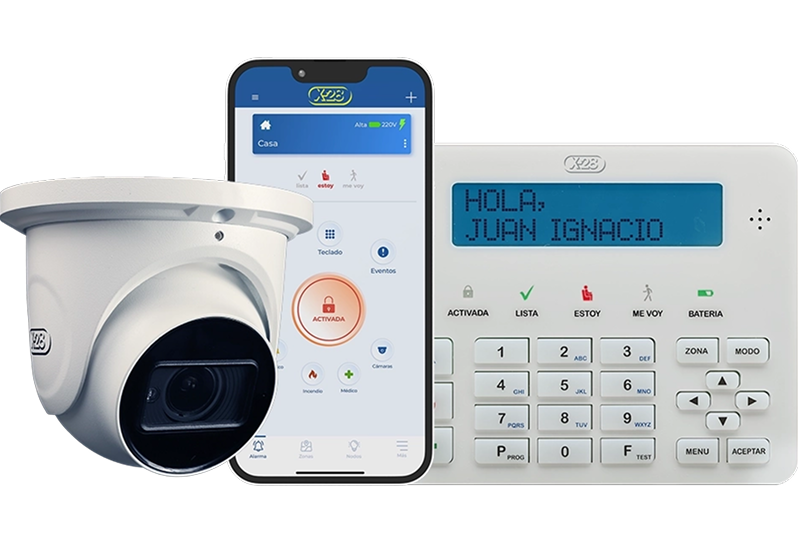
My Role
My main responsibility was to lead the design process from research and goal definition to final implementation. This included coordinating cross-functional teams, overseeing and conducting user studies to generate design ideas based on real insights, and iteratively validating them through prototypes and usability testing. With a strategic, user-centered approach, I ensured that the product met X-28’s quality standards and delivered a clear, satisfying experience for customers.
Process
To ensure a solid, user-centered development, I followed an iterative design process that combined research, conceptualization, and constant validation:
User and Market Research

User Interviews:
We conducted one-on-one interviews with homeowners to hear firsthand about their daily routines with security systems, their fears, and feature wish-lists. These sessions (via Zoom and in-home visits) yielded rich stories and pain points that a survey alone might miss. We chose interviews to dig into why users behave as they do – e.g. understanding the emotions when the alarm goes off unexpectedly or the steps they take to secure their home at night.
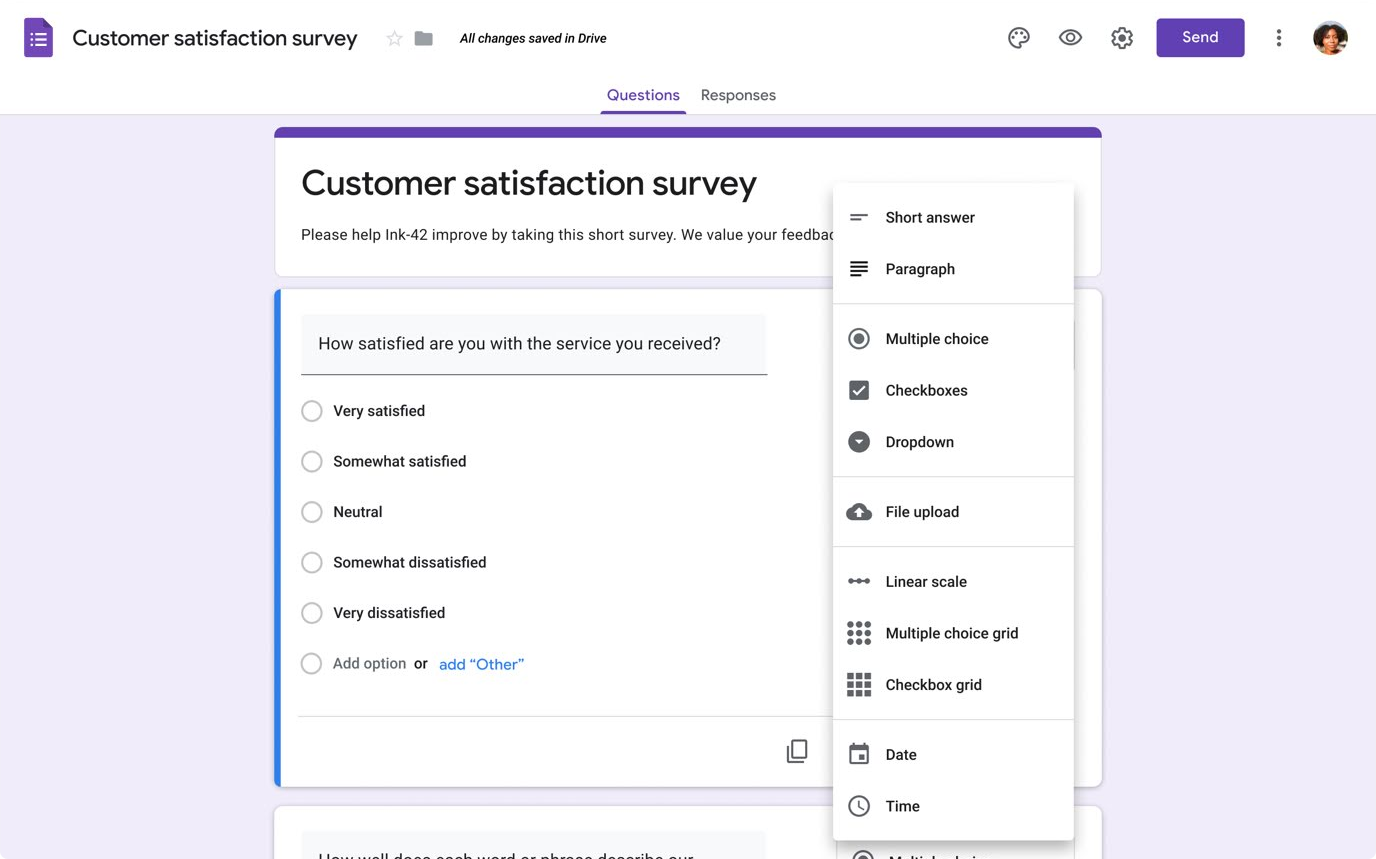
Online Surveys:
To validate patterns and gather input at scale, we ran an online survey using Typeform and Google Forms. Over 90 respondents answered questions about their current home security setup, app usage, and priorities. Surveys gave us measurable data on how common certain needs were (for instance, “How many users receive frequent false alerts?”). We opted for surveys to ensure our interview insights weren’t outliers and to prioritize features based on what a majority wanted.
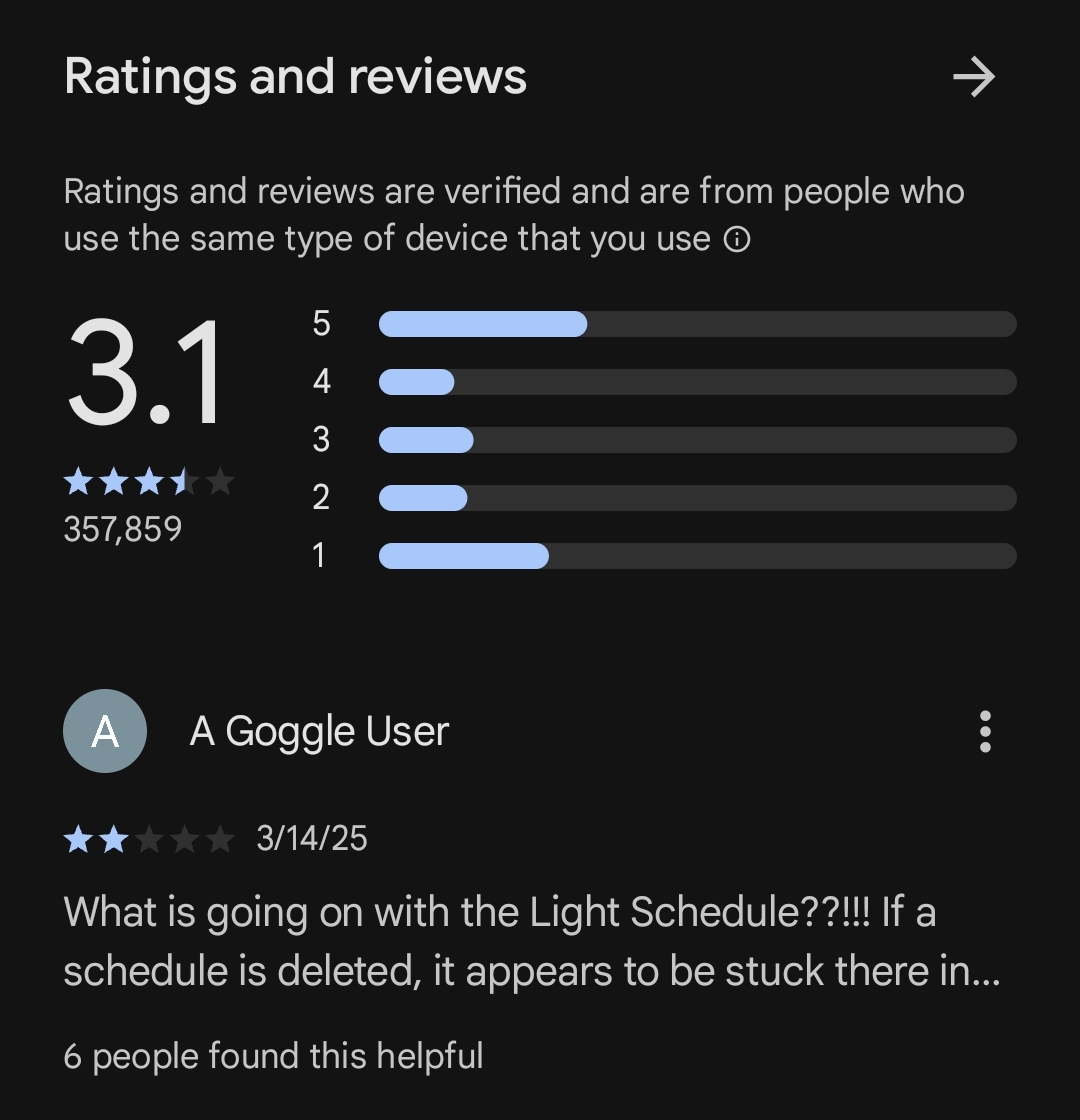
Competitive Benchmarking & Desk Research:
We analyzed the mobile apps from ADT, Vivint, SimpliSafe, Ring, and Abode, covering everything from traditional security solutions to DIY systems. Along with testing each app, we reviewed app store feedback to understand what satisfied or frustrated users. We also examined each competitor’s marketing and specifications to pinpoint standard features and industry best practices.
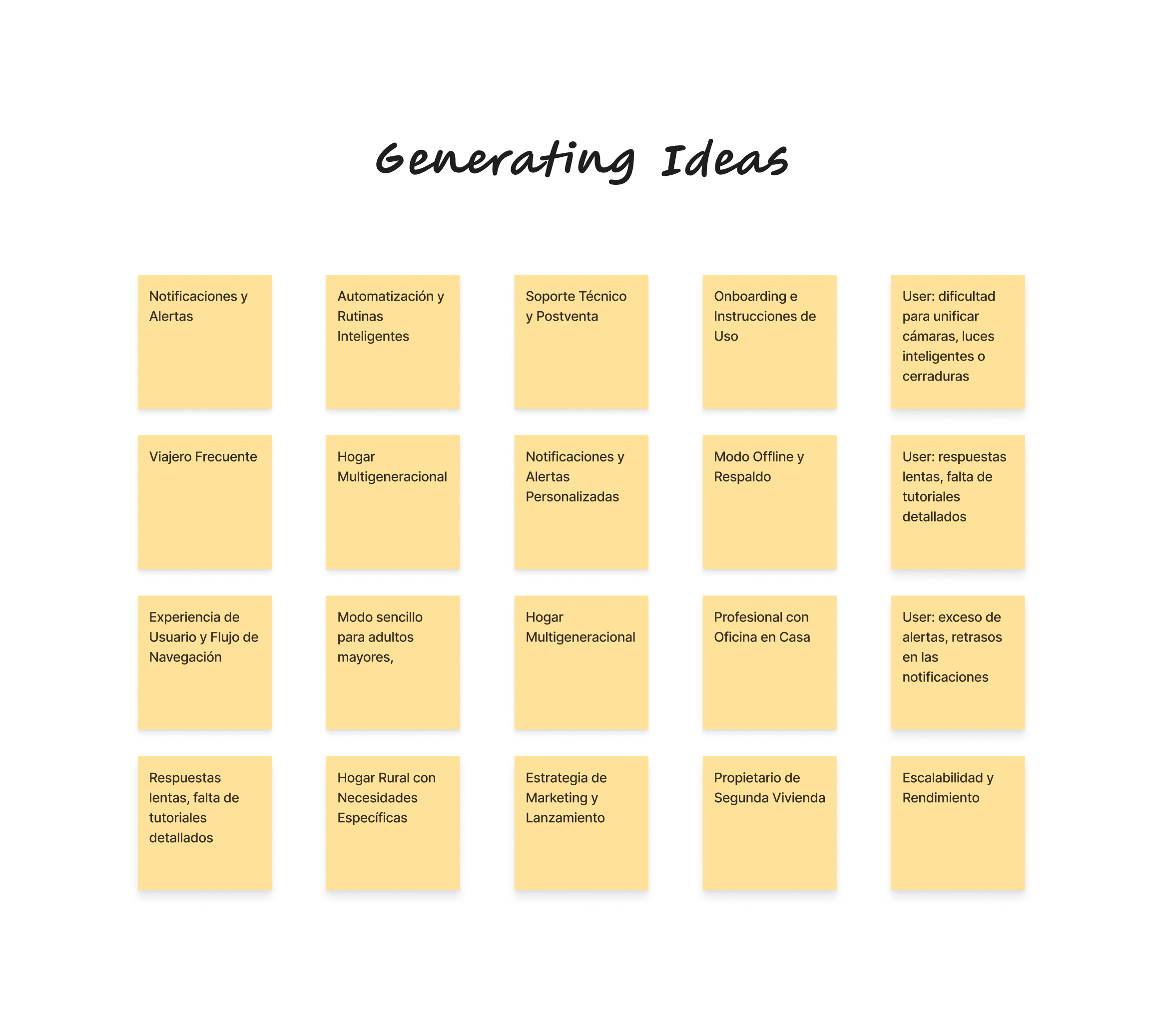
Workshops:
All qualitative data (interview notes, open-ended survey responses) was synthesized through an affinity mapping exercise. We grouped hundreds of sticky notes into themes such as “notification frustrations” and “setup challenges,” revealing clear patterns across users. This collaborative analysis ensured the team was aligned on key findings before moving forward.
Key Insights
These were the main findings identified during the research phase, serving as the foundation for strategic design decisions:
High concern regarding false alarms
More than 60% of users reported anxiety and distrust due to frequent false alarms.
Demand for precise and timely notifications
Users clearly emphasized the importance of receiving quick, clear, and specific alerts, especially during critical or unexpected events.
Need for comprehensive remote control
The importance of remotely managing the security system was confirmed, including arming and disarming functions, user administration, and immediate status visibility.
Initial setup challenges
Significant difficulties related to complicated installation and configuration processes were identified, highlighting the need for a simple, guided onboarding experience.
Ideation and Design Process
To transform these insights into tangible solutions, we followed an iterative, user-centered design process:
User Flow
We developed detailed diagrams clearly representing the main steps users would follow when interacting with the application. The flows specifically focused on onboarding, initial system setup, remote management (arming/disarming), and alert reception and management.

Prototypes
Based on the user flows, we created high-fidelity interactive prototypes, enabling rapid and accurate validations with end users. This approach allowed for efficient iterations and swift design adjustments based on received feedback.
OnBoarding:
To facilitate users' initial experience with the X-28 security application, we designed a clear, simple onboarding process aimed at reducing uncertainty and easing the initial system setup.

Login and Registration:
We designed a clear, accessible authentication flow with straightforward login, guided registration, and email verification. QR pairing simplifies device setup with no technical steps required.

Main Flow:
We designed a modular and hierarchical interface that allows users to manage their security system clearly and intuitively. From the main dashboard, users can view the system status and quickly access zones, nodes (automations), events, and advanced settings.

Testing and Validation
To validate the effectiveness of the design and identify potential friction points, we conducted usability tests with real users during early development stages. High-fidelity interactive prototypes were evaluated with profiles that represented our target audience—homeowners with varying levels of technological familiarity.
Test Objectives:
- Assess the clarity of navigation and overall system structure.
- Identify potential blockers in the onboarding and device pairing process.
- Measure user understanding of system status and the effectiveness of icons and indicators.
- Observe reactions to simulated critical situations (e.g., alert notifications).
Methodology:
- Moderated testing sessions (both in-person and remotely via Zoom).
- Guided tasks such as: signing up, adding an alarm, activating the system, and navigating through zones and nodes.
- Documentation of qualitative observations and metrics such as task time and success rate.
Key Results:
| Evaluated Task | Success Rate | Key Findings | Improvements Implemented |
|---|---|---|---|
| Account registration and email confirmation | 100% | Clear flow, no friction detected. | — |
| Add device via QR code | 85% | Some users had trouble locating the QR icon. | Improved contrast and icon positioning. |
| Navigation between sections | 90% | Overall good understanding, minor confusion with "Nodes" section. | Renamed section with a more descriptive icon. |
| Understanding system status | 70% | Confusion around "Medical Mode" and "Panic" icons. | Icons redesigned and labeled for clarity. |
Conclusions and Next Steps
Conclusions
The development of the mobile app for the X-28 security system marked a strategic milestone for the company in its journey toward a modern, user-centered digital experience. Designing the interface and interaction model from the ground up allowed us to focus on real user needs, guided by deep research and continuous validation.
The functional version of the app received positive feedback, particularly regarding ease of use, clarity of notifications, and responsiveness of system interactions. Usability testing helped identify key areas for improvement, which were iteratively addressed throughout the process.
Next Steps
- Onboarding analytics: Implement tracking to identify drop-off points and continuously improve the initial user experience.
- Accessibility enhancements: Expand the design system to meet WCAG accessibility guidelines and ensure inclusivity.
- Integration with future devices: Scale the platform to support additional hardware features such as cameras and motion sensors.
- Beta launch and monitoring: Release the app to a closed group of users for real-world testing before the public launch.
This project not only reinforced the value of research-driven design but also laid a scalable foundation for the digital evolution of the X-28 ecosystem.
Thank You for Exploring!
I truly appreciate you taking the time to explore this case study. Every detail and decision behind this project was crafted with passion and purpose. I hope it has inspired you as much as it has inspired me. Keep creating, innovating, and exploring! ✨ See you in the next challenge.🚀
Next Case Study